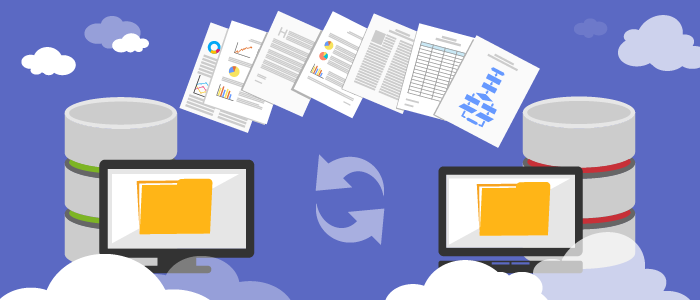Your code is written and the design looks great. The new project is almost ready to go when the client asks, “Should this run in the cloud?” You break out in a cold sweat. The question is massive. Regions and zones, high availability, load balancing — the cloud has its own language. Don’t worry; you’ve got this. This article will teach you how to make smart decisions about the cloud, and answer your client’s cloud questions.
What Is A Cloud?
When we talk about cloud computing, we really mean the ability to rent a piece of a computer from someone else. That’s all there is to it.
Companies like Amazon and Google have a lot of computers and they’re willing to rent parts of them to you. Renting computers from them is cost-effective because you don’t have to build your own data centers or hire your own staff of experts to run them.
When you rent a part of a computer, you need it to look like a whole computer so you can run any software you want. That’s why providers give you a virtual machine (VM) — software that makes it look like you’re running on your own separate computer.
Why Your Client Cares About The Cloud
Before you learn more about the cloud, it’s important to understand why your client cares. Let’s not dismiss the allure of buzzwords; the cloud is really trendy right now. Your client may just be asking because all the cool kids are doing it, but there are reasons the cool kids are doing it.
Let’s start with the basics. Hosting your own data center would be a pain in the rear. You’d have to worry about power consumption, keeping your hardware up to date, hiring a team of experts to run it, and a thousand other problems that have nothing to do with your business. What would happen if the power went out, there was a flood, or the roof caved in? These are all reasons not to host your website on a server running in your living room.
Not only can you pass on all the headaches to someone else, but having them run the data center gives you three big advantages:
Clouds are global.
They exist in data centers around the world, including one near your client. That means speed. You don’t want customers in China waiting for data to load from the United States. When I go to Google.com, I get a different data center in Boston than I would in Chicago or L.A., and that’s just in the U.S. That’s a large part of what makes Google’s speed possible.
Clouds grow and shrink.
If I buy a server, I have one server; even if my app doesn’t need the whole computer, I still need to pay for that server. When my app gets really popular, I need to buy more servers fast. The cloud doesn’t work like that. Renting shares of servers means I can change how much I’m renting: I can scale up the order when I’m busy, and scale it down when I don’t need as much.
Clouds never go down.
Never say never…but almost never. Cloud providers talk about “five nines” — that means being up 99.999% of the time (with just 5.26 minutes of downtime a year). You can make that even smaller with services like load balancing and failover.





